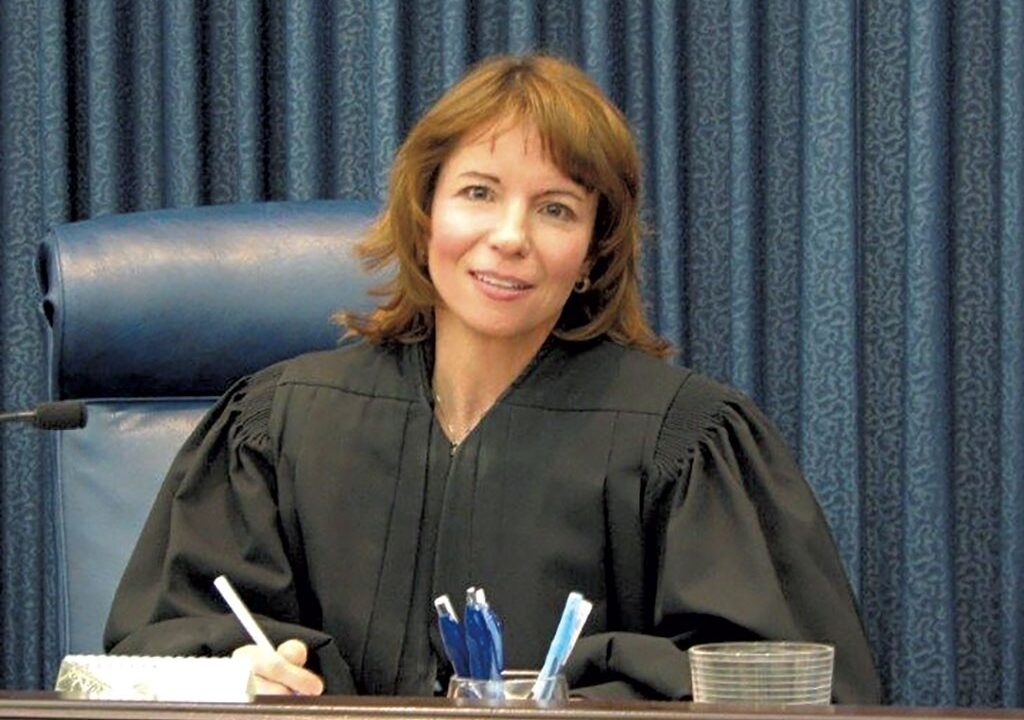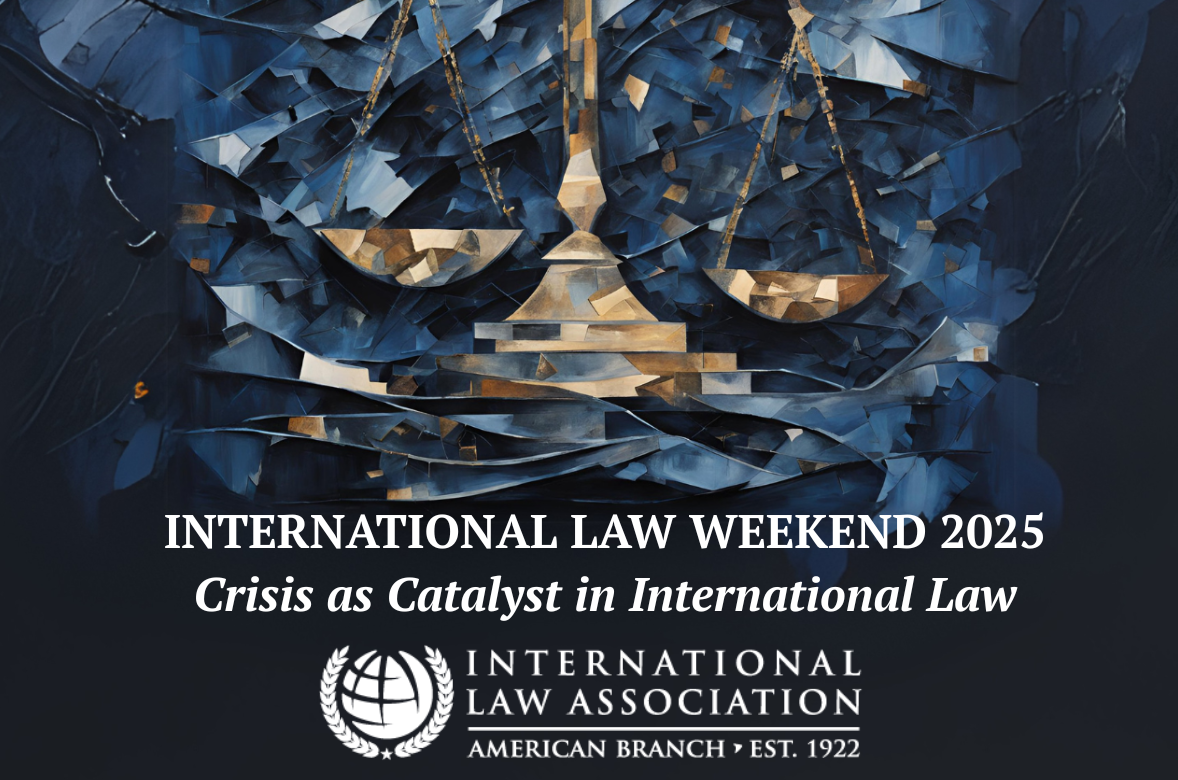It could be summed up in a cookie. But getting there takes a bit.
A bureau chief for Courthouse News had gone up to Vermont to ask a court committee to consider the public in its deliberations. But he was told he could not speak.
A supreme court justice, no less, shut him down.
Behind that episode is a kind of dragon’s tail of a story about the campaign by Vermont judges and administrators to muffle public access to court records. And the long war against them by this news service and other journalists.
You could say the long war started in 2013, but really it goes further back than that. And it is deeper than that.
The source of the conflict was in the fundamental, society-wide switch from the use of paper for all sorts of records, from checks to court rulings, and their replacement with electronic transactions and records.
To cope with that upheaval, an organization of state court clerks wrote a set of guidelines in 2002. The group called Conference of State Court Administrators was then led by idealists who believed that electronic records could bring sunlight into the courts and dispel the obscurity that often surrounds them.
So the guidelines said in stark and simple terms: “This policy is based on two fundamental principles: 1. Court records are presumptively open to public access. 2. Public access should not change depending upon whether access is remote or at the courthouse.”
To drive home the point, the guidelines added, “The objective of these guidelines is to provide maximum public accessibility.” And furthermore, any restriction should be “narrowly tailored to serve the interests in open access.”
But, over the next ten years, a counter-revolution took place. It was led by officials who did not believe in the guideline’s core principles and did not believe in the overarching notions of open and immediate public access, and certainly not in remote access.
They invoked a visual of someone in their pajamas surfing online for embarrassing information in court records. Their credo, their mantra, was reduced to two words: “Practical obscurity.”
Electronic records should be “obscure,” so the argument went, because paper records were. The premise was false — paper records were easy to find and could be looked over as soon as they crossed into the courthouse.
A federal court of appeals justice, no less, testified to the old ways from his chair up on the 8th Circuit bench. “There was a time,” said Judge Bobby Shepherd, “when — and some in this room may remember it — when you took a pleading to the courthouse and the clerk stamped it physically and it went into different bins and it was available immediately.”
No matter the lack of truth in its premise, the practical obscurity zeitgeist then branched down into specific restrictions on access to new court pleadings: public access delayed until they had been redacted by clerks; remote access limited to lawyers and government officials; public access only at the courthouse during limited hours.
Counter-revolution
The practical obscurity revanche came into full light during a pair of conferences about public access and privacy hosted in 2013 and 2015 by the College of William and Mary in Williamsburg.
The 2013 conference was studded with clerks who had been in adverse discussions or in litigation with Courthouse News over restrictions they imposed when they switched their courts to electronic filing. This news service came up often their conversations, and not in a positive light.
A prominent presence at the conference was a justice on the Vermont Supreme Court, John Dooley, who advocated for privacy, which is the handmaiden to the practical obscurity movement, the yin to its yang.
A bureau chief for Courthouse News, Ryan Abbott who covers the Southeast, went to Williamsburg and heard a talk by Dooley. “He was talking to the whole conference. It was in a big lecture hall, you know, with tiny desks next to each seat, and each row higher than the one in front.”
“He was explaining the concept of practical obscurity.” Abbott continued. “He said if you wake up in the middle of the night and you see police lights at your neighbor’s house, you should not be able to go over to your laptop and do a search and find out why the police are there. But the information is public, so you should be able to get access to it. You gotta go to the courthouse and look it up. It’s public but it should not be that easy to get.”
Abbott went to the conference with the bureau chief for the Northeast, Adam Angione. In the big hall, they also heard a California clerk speak. “I remember Alan Carlson was saying. ‘We got a guy in Southern California who wants everything right away.’ Adam was tapping me on the shoulder. ‘That’s us.’”
Carlson later became a defendant in a First Amendment action by Courthouse News. The suit was based on his access take-away in Orange County’s state court where traditional paper access when pleadings crossed the counter was replaced by long-delayed access to electronic filings.
The litigation against Carlson and his successor became a companion to another Courthouse News case against a clerk in Ventura, California, Michael Planet. After ten years of court motions and hearings, the Ninth Circuit Court ultimately ruled in Planet III that the First Amendment gives a right of access to court pleadings when they are received — diametrically opposite from the core belief of the practical obscurity movement.
At the Williamsburg conference, bureau chief Angione also took notes during a general session when a New Orleans criminal judge handed out survey results from around the country.
“The Judge handed out results of a survey about public access that surveyed 709 judges in 49 states Based on this survey, judges strongly agree (6 on a scale of 7) that access should not change depending on whether the court record is in paper or electronic form,” wrote Angione in an email sent at the time. “Furthermore, while 32% of judges favored some delay over immediate public access, 45% said there should be no delay.
“Based on what I saw during this and other discussions, when someone was talking about needing to redact or review cases before making them public, virtually every administrator in the room agreed with it,” Angione wrote. “When someone would point out that it’s the filer’s responsibility to redact a document, it was only judges who would nod their head in agreement.”
That division between clerks and judges has been borne out in countless states where the judges promote the First Amendment while clerks believe they control the documents as “custodians of the record.” The clerks usually win the contest of ideas because they run the day-to-day operation of the courthouse.
The exception was Dooley, a high-level judge, who in the main sided with the clerks. The justice seemed to be all over the conference, said Angione.
“Keep in mind that Vermont is the state that makes all court records confidential until all parties have been served,” Angione wrote in an email at the time. “It’s a policy that we don’t see anywhere else in the country. So while I think Dooley is a really good addition to this conference because he really does understand the issues at hand and he provokes conversation on both sides, his state is one where they limit public access to a degree that no other states do.”
Vermont hailed into federal court
A couple years later, in 2017, Courthouse News filed a First Amendment action in U.S. District Court in Vermont. The federal complaint challenged the Vermont court administrator’s policy of withholding public access from newly filed court pleadings — until they were served on defendants.
That policy meant that roughly half the cases were classified as “confidential” for weeks or months, until the defendants were found and served with a summons.
But, after a meeting with the statewide court administrator, Patricia Gabel, she stopped enforcing the policy. The lawsuit, which had been assigned to U.S. District Judge Christina Reiss, was dismissed.
But Vermont continued to enforce the practical obscurity-derived policy of holding back new filings until they were reviewed by clerks. The policy was contrary to a growing set of First Amendment rulings in Texas, New York, Illinois and California.
But no matter. On that second withholding policy, the Vermont courts did not budge. To allow access at the time of receipt would run directly counter to the practical obscurity theology.
So Courthouse News once more filed a First Amendment action against Vermont in 2021. The Vermont attorney general came at the suit with all his legal guns blazing, blowing up the cost of litigation through his tactics. But lost.
In November of that year, Judge Christina Reiss, serving on a small federal bench, walked through the First Amendment catechism that ultimately asks two simple questions: Do you, government official, have a really good reason for interfering with public access; and if you do, did you keep the interference to an absolute minimum.
In the end, Vermont failed on both questions.
After a trial based on written evidence and oral argument, Reiss ruled: “Because Defendants have failed to sustain their burden to demonstrate that their pre-access review process is justified by higher interests and narrowly tailored to advance those interests, Defendants have violated the public’s and Plaintiffs’ First Amendment right of access to newly filed complaints.”
In her 32-page opinion, she issued an injunction against Vermont.
“Defendants are HEREBY ENJOINED from delaying public access to electronically filed civil complaints until the Vermont Superior Courts’ pre-access review process is complete,” she concluded. “SO ORDERED.”
Possibly with teeth gnashing, Vermont complied.
Three weeks after the ruling, their software vendor Tyler Technologies put in place an “auto-accept” system which followed the judge’s order and was also in line with the 2002 national guidelines for state clerks. It put public access as the priority. And it made no distinction between remote and courthouse access.
It was the same policy that the U.S. judges in Vermont and U.S. courts across America followed then and now — access without delay, as mandated by the First Amendment, as soon as a new filing hits the court. The public can see the new filings as soon as they arrive both remotely and at the courthouse.
But the practical obscurity dogma did not die. Vermont, or those in power within its judicial bureaucracy, still believed.

First Amendment ruling affirmed
A year later, almost to the day, the Vermont courts cut off remote access and stopped auto-accepting cases. Instead, they set up a computer terminal at a courthouse that gave a view on the just-received, cases. The access cut off at 4:30 when the court closed.
The direct result of the cut-off was that public access was restricted by 13%, based on Courthouse News tracking, because nobody could see the new cases electronically filed after the courthouse closed. While the court higher-ups were working on their new restriction, the Vermont attorney general was also appealing Reiss’ order to the Second Circuit based in Manhattan.
Earlier this year, Vermont lost again. Reiss’ order was upheld.
Operating in an alternate legal universe, Vermont claimed it had won the appeal. And lawyers for both sides once more appeared before Judge Reiss, with John Fetterly from Bryan Cave representing Courthouse News and David Groff from the attorney general’s office, representing Vermont.
Fetterly: The 2nd Circuit gave us language that can and should be used here to bring this case to a close, and we agree that this should come to a close.
Groff: We think the Court could find that protecting confidentiality is a higher purpose. I mean, from our view this is a pure victory.
Reiss: I really think that you are putting a fairly glossy spin on what the 2nd Circuit said. So which system are you claiming that they endorsed wholeheartedly and said this is a system that passes constitutional muster? Because I don’t recall that in the opinion.
Groff: Let me be clear. They stopped short of saying that.
Judge: You could go about your new system, but you have to, you know, go about it with the risk that the plaintiffs are not satisfied and want to bring a new lawsuit.
Reiss then issued a declaratory judgment and an injunction against Vermont.
“On appeal, the Second Circuit found ‘no error in the court’s determination that, with respect to the period examined in the trial evidence, the First Amendment gave Plaintiffs a right to access to complaints newly filed in the Superior Court and that the Defendants’ pre-access review process is that period violated that right,” wrote Reiss.
She issued a judgment that said: “1. Plaintiffs have a presumptive First Amendment right of access to newly filed complaints, which attaches upon a court’s receipt of that complaint. 2. This presumptive right of timely access attaches on receipt regardless of whether courts use paper filing or e-filing systems.”
And she once again issued an injunction against the court clerks and the statewide court administrator who acts at the behest of the state’s supreme court.
“It is further ORDERED, ADJUDGED and DECREED that Defendants are hereby permanently enjoined from continuing to employ the pre-access review process followed by the Vermont Superior Court.”
She then set a briefing schedule for attorney fees.
A similar march of litigation in Virginia shows how quickly the fees in the First Amendment battles can add up. A four-day trial in Norfolk was held in front of U.S. District Judge Henry Coke Morgan Jr. followed by a written ruling in favor of Courthouse News. Virginia used tactics similar to those used in Vermont, racking up costs during discovery, and appealing to the Fourth Circuit. Only to lose.
The result was an attorney fee payment for both the trial and appeal for $2.4 million, paid by Virginia to this news service.
Not allowed to speak
Like most battles over public access, it didn’t have to be this way. Court officials in Vermont could have listened. They could have, for example, let the bureau chief talk when he went to see them about public access
“I walked in and these and the tables were arranged in a square. Dooley sat at the head of the table right by the door,” said Angione. “I did talk to Dooley to introduce myself. I told him who we were and why I was there.”
Angione has prepared for the 2019 meeting with examples of courts that provided old fashioned access in the electronic age, such as the federal court in Vermont. He also had a list of software vendors that offered such access, and details on how the access queues worked.
“He called the meeting to order,” said Angione. “He announced that a member of the public would observe but he said I would not be able to talk. He said it’s not a public hearing so I couldn’t say anything. He knew why I was there and he made very clear that I was not invited to talk.”
From Angione’s notes taken during the meeting:
Judge [Morris] brought up Tyler’s ability to provide media queue, is it possible for VT’s system to do that?
IT person: it’s either a component we’re not aware of or an in-house alteration
Dooley: As long as public access rule 7 remains in place, that would presumably bar non-screening access.
In fact the IT person was not well informed. The court’s vendor, Tyler Technologies, offers all its court clients an on-receipt “Press Review Tool.” It is not developed “in-house.” And Dooley also appeared to be misinformed. Rule 7 does not by its words require that clerks review new filings before they become public.
The bureau chief could have brought some factual sunlight into the discussion. But he was required to remain silent.
The committee avoided hearing about public access alternatives in the transition to electronic records and walked itself into a First Amendment lawsuit. As part of a long chain of events, the players in the public access drama also set up a claim for attorney fees that will ultimately come out of the pockets of the people of Vermont.
At what looks like the end of the long war, today, Friday, Courthouse News submitted its claim for fees coming out of four years of litigation against Vermont. The damage from the epic battle between the practical obscurity mythology and the First Amendment amounts to $2,039,408.58.
It should also be noted that everyone on the Vermont committee was friendly. After he was told he could not speak, one of the committee members offered Angione a cookie. He politely refused.



